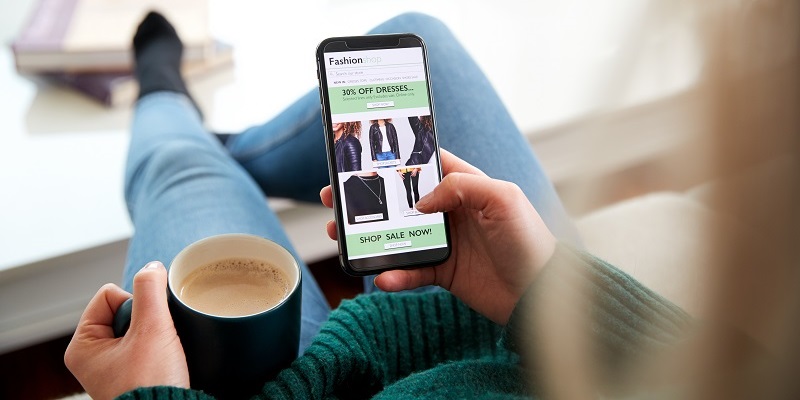Online purchasing or e-shopping is a form of electronic commerce, which allows buyers to directly buy goods from a seller over the Online using a web browser. Alternative names are: e-web-store, Online store, web-shop, web-store, web store, online store and virtual store.
Mobile commerce (or m-commerce) describes purchasing from an online merchant’s mobile enhanced website or app.
“As an online buyer, we are susceptible to buyer anxiety when we are purchasing. So the world wide online retailers should understand the key fundamentals to alleviate this stress to increase more sales”. “Consumers will have some doubts as to whether your website is safe to enter their payment information, so as a store, it’s essential that you display your protection badges in a prominent position.”
Fail to Implement the Mobile Friendly Site
Online retailers continually make many mistakes that are failing to implement mobile friendly site layouts. Given that mobile and tablet traffic continue to rise, online retailers must provide a range of customers across different systems and employ a web design that is fast running for both cell phones as well as personal computers.
Lack of Full Cost Disclosure
The lack of full cost disclosure may also be challenging. While it may be simple to compare the base price of products online, it may not be simple to see the all-inclusive costs up front. Extra charges such as shipping are often not be visible until the ultimate step in the shopping cart. The problem is especially evident with cross-border purchases, where the price indicated on the final checkout screen may not consist of extra charges that must be paid upon delivery such as responsibilities and brokerage.
Privacy
The privacy of private information is a major problem for some online buyers. Many clients wish to avoid spam and telemarketing which could result from providing contact information to an online merchant. In response, many suppliers promise to not use client information for these purposes.
Many online sites keep track of consumer purchasing habits in order to suggest items and other sites to view. Brick-and-mortar shops also gather client information. Some ask for a consumer’s address and mobile numbers at checkout, though buyers may do not provide it. Many larger shops use the address with information secured on consumers’ bank cards (often without their knowledge) to add them to a catalog emailing list.
Building an attractive web store
The appearance of a website is essential in ensuring ease of use and to communicate reliably with a consumer. A busy, complicated, or ad-strewn website not only presents performance issues, it isn’t a particularly professional front side of a business expecting consumers to leave sensitive ATM card information. A beautiful website that ‘ticks all the right boxes in terms of simple purchasing and protection,’ will make sure the consumer is happy.
Consumer Reviews and Product
Long-winded product descriptions can turn off customers in a rush. Coupling concise, keyword-rich explanations with customer reviews, and even statistics on how many times the product has been previously bought, is a good way to reassure clients. A unique description of the product, rather than that composed by the manufacturer, can also make sure a higher ranking on Google.
Poor High Quality Images and Zoom Capability Function
Grainy images or inadequate zoom capability operate are simple ways to lose a sale, as consumers can’t see the detail in the workmanship. Clear, top high quality images are a great way to build consumer confidence and display high quality.



